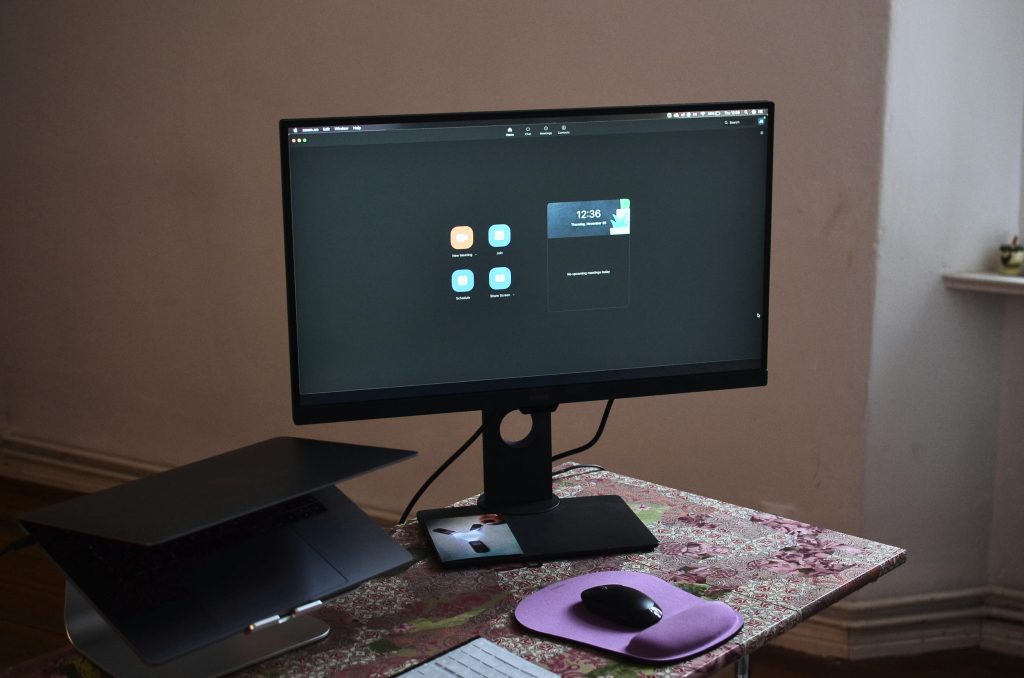The Future of Office Management: Combining Smart Technology with Advanced Demand Planning Software
- July 15, 2024
The demand for efficient and effective office management solutions has never been greater in today’s fast-paced business environment. As organizations strive to enhance productivity and streamline operations, integrating innovative technology with advanced demand planning software emerges as a game-changing strategy. This powerful combination promises to revolutionize office management and drive significant improvements in resource allocation, communication, and overall workplace efficiency.
The Evolution of Office Management
Office management has evolved significantly over the past few decades. Gone are the days when manual processes and paper-based systems dominated the workplace. Digital technology has transformed offices’ operations, making them more agile and efficient. Technology has paved the way for a more organized and productive work environment, from automated scheduling systems to digital communication tools.
However, as technology advances, so do the challenges of managing a modern office. One of the most pressing issues is ensuring that resources are allocated efficiently and tasks are prioritized effectively. This is where innovative technology and demand planning software come into play, offering creative solutions to address these challenges.
Smart Technology in the Workplace
Innovative technology refers to devices and systems that use artificial intelligence, machine learning, and data analytics to perform tasks and make decisions. In the context of office management, innovative technology can take various forms, including:
Smart Lighting and Climate Control: These systems adjust lighting and temperature based on occupancy and preferences, creating a comfortable and energy-efficient work environment. By sensing the presence of individuals in a room, these systems can reduce energy consumption when spaces are unoccupied, leading to significant cost savings over time. Additionally, personalized climate settings enhance employee comfort, potentially boosting morale and productivity.
Digital Assistants: Virtual assistants like Siri, Alexa, and Google Assistant help manage schedules, set reminders, and answer queries, freeing time for more critical tasks. These digital assistants can also integrate with other office systems, allowing seamless control of functions such as booking meeting rooms, setting up video conferences, and managing task lists. The convenience and efficiency provided by digital assistants can streamline daily operations and reduce administrative burdens.
Brilliant Desks and Furniture: Adjustable desks and ergonomic furniture with sensors can improve employee well-being and productivity. These innovative furniture solutions can track and analyze usage patterns, providing insights into how office spaces are utilized and suggesting adjustments to enhance comfort and efficiency. For example, desks that remind employees to stand or take breaks can promote healthier work habits, reducing the risk of repetitive strain injuries and enhancing overall job satisfaction.
Beyond these specific applications, smart technology in the workplace extends to other innovative solutions that contribute to a more integrated and responsive office environment. For instance, intelligent meeting rooms equipped with sensors and automation tools can streamline organizing and conducting meetings. These rooms can automatically adjust lighting, temperature, and audiovisual settings based on the type of meeting and number of participants, ensuring an optimal environment for collaboration.
The Role of Advanced Demand Planning Software
While intelligent technology addresses many aspects of office management, the integration of advanced demand planning software truly takes workplace efficiency to the next level. Demand planning software helps organizations forecast and manage their resource needs, ensuring that the right resources are available at the right time.
Demand planning software uses historical data, market trends, and predictive analytics to create accurate forecasts for resource requirements. This includes everything from staffing levels and inventory management to meeting room availability and equipment needs. By providing a clear picture of future demand, this software enables organizations to plan more effectively and avoid common pitfalls such as overstaffing or understocking.
One key benefit of demand planning software is its ability to improve decision-making. With real-time data and analytics at their fingertips, office managers can make informed decisions about resource allocation and prioritize tasks based on actual demand. This leads to better resource utilization, reduced waste, and increased productivity.
Advanced demand planning software also enhances flexibility and responsiveness within an organization. In a dynamic business environment, quickly adapting to changing conditions is crucial. Demand planning software allows companies to respond swiftly to fluctuations in demand, whether it’s a sudden increase in workload or an unexpected drop in resource requirements. By adjusting plans in real-time, organizations can maintain operational efficiency and avoid disruptions.
Another significant advantage of demand planning software is its capacity to integrate with other business systems. Modern demand planning tools can seamlessly connect with ERP (Enterprise Resource Planning) systems, CRM (Customer Relationship Management) platforms, and supply chain management solutions. This integration ensures data flows smoothly across different departments, fostering collaboration and enhancing overall efficiency. For instance, when sales data from the CRM system indicates an upcoming surge in orders, the demand planning software can immediately adjust staffing levels and inventory requirements to meet this increased demand.
Integrating Smart Technology and Demand Planning Software
Innovative technology and demand planning software’s potential is realized when integrated into a cohesive office management system. This integration creates a seamless workflow that enhances efficiency and productivity.
For example, imagine an intelligent office with sensors monitoring employee presence and activity levels. This data can be fed into the demand planning software, which then adjusts staffing levels and resource allocation in real time based on actual usage patterns. Additional staff can be scheduled if the office is busier than usual, and meeting rooms can be reallocated to accommodate the increased demand.
Similarly, bright lighting and climate control systems can be integrated with demand planning software to optimize energy usage based on occupancy forecasts. This reduces energy costs and ensures a comfortable work environment for employees.
The integration of these technologies also improves communication and collaboration within the office. Digital assistants can schedule meetings and manage tasks, while demand planning software ensures that resources are available when needed. This creates a more organized and efficient work environment where employees can focus on their core responsibilities without worrying about administrative tasks.
Conclusion
The future of office management lies in the seamless integration of intelligent technology and advanced demand planning software. Organizations can create a more efficient, productive, and enjoyable work environment by combining these innovative solutions. Smart technology enhances the physical workspace, while demand planning software ensures that resources are allocated effectively and tasks are prioritized based on actual demand.
As technology continues to evolve, the possibilities for improving office management are limitless. Organizations that embrace these advancements will be well-positioned to thrive in the competitive business landscape of the future. By investing in innovative technology and demand planning software, businesses can unlock new levels of efficiency and productivity, ultimately leading to tremendous success and growth.
Luxafor is an expert and a frontrunner in the productivity gadget space for more than 10 years in the market offering a wide variety of tools designed to enhance focus, improve communication, and streamline workflows in both personal and professional settings.






